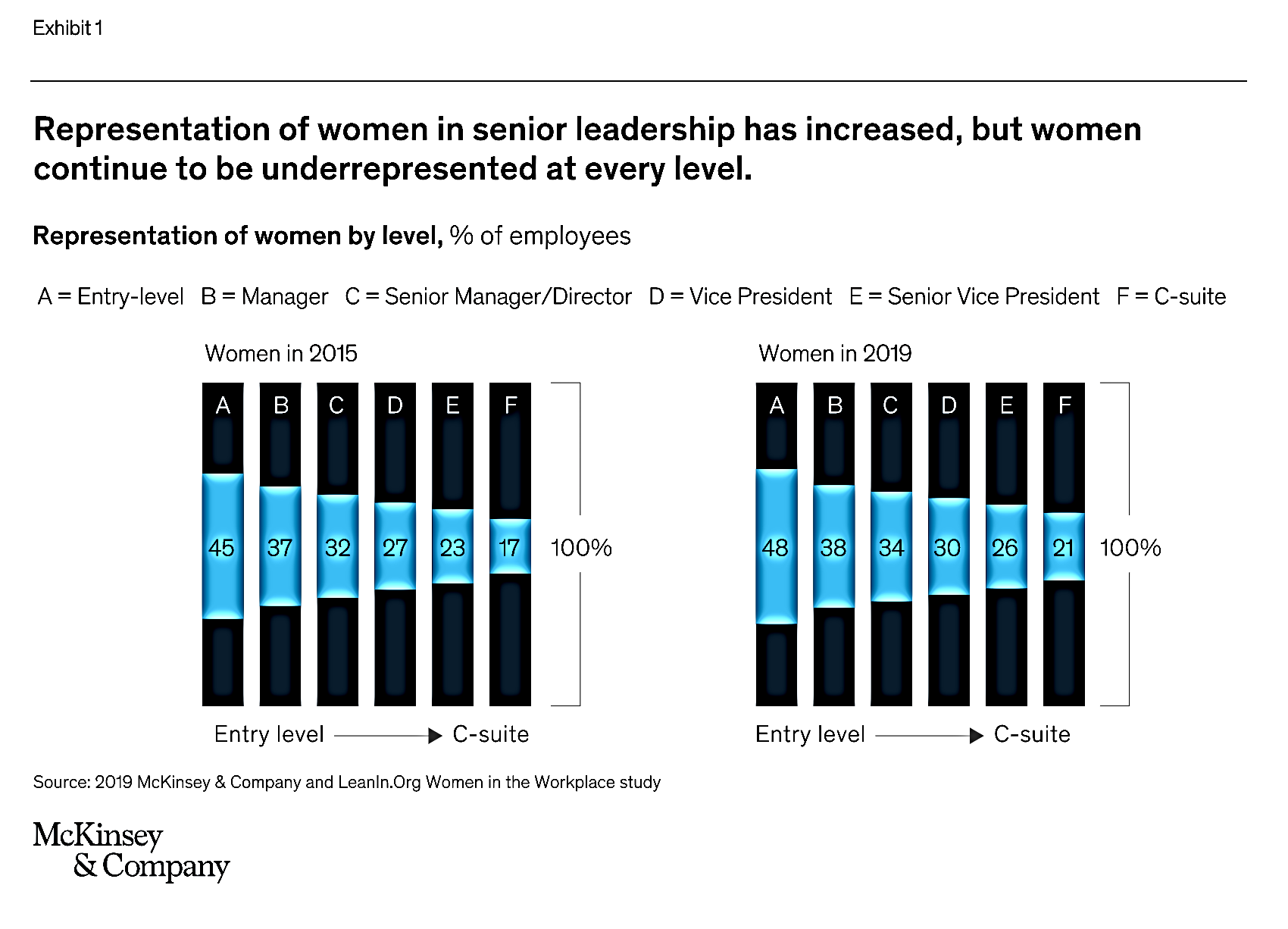Flexible working helps women in the workplace
This International Women’s Day, (Sunday 8th March 2020) many companies will be keen to find ways to better support women in the workplace. We believe this starts with better access and implementation of flexible working. Here’s why flexible working helps women’s careers and why it needs to be centre stage this IWD2020.
Flexible working is lots of things
Firstly, flexible working can mean several different things. It can be work from home, but it can also be different working formats such as part-time work, compressed hours, staggered hours or 9-day fortnights. It’s basically anything that is not the traditional office-based 9am to 5pm. If you’re seeking greater flexibility from an existing role or you’d like to find a role to suit your lifestyle, it’s worth identifying the different flexible working formats to see what’s available – take a look here.
A lack of women at leadership level
Many industries still have a problem with staff ratios around the boardroom table. If you’re looking around your office and seeing the trend that more men reach management level than women, you won’t be alone. Although McKinsey’s research into “Women in the Workplace 2019” shows increased numbers of women at the top levels of the 600 USA companies they have surveyed over the past five years, at the same time women are underrepresented at every level of management.

We believe that if more women in the workplace were able to continue to work flexibly post starting a family, it would keep women’s careers moving in an upwards direction, while helping companies manage a global talent shortage. It’s why Ten2Two offer ‘returnship consultancy’ for businesses seeking to attract experienced women back into their companies.
Flexibility boosts women’s wellbeing
Long commutes and travel times can lead to fatigue and diminish employee wellbeing across both genders. When given a greater level of work from home, employees often report they get more done during their day. This can be particularly helpful for women in the workplace who suffer from health conditions or when experiencing the menopause. And when employees feel supported by their employer, they are likely to deliver more.
Technology helps women in the workplace
The easiest way to work flexibly is to ensure you’re using latest technology such as Zoom, Slack and Trello apps. Now that video conferencing technology is better than ever before, we can limit how often employees need to meet in person. This can be invaluable for working parents who suddenly find they have a school assembly or doctor’s appointment to attend, or in the case of a child being off sick.
Smashing stereotypes at work
Simply put, there isn’t a good enough reason not to offer flexible working in this day and age. It would seem that one of the barriers is existing managers not being open to change – whether that’s because they’re workaholics or because they have their own biases at work. Some companies have started to explore this and opt for unconscious bias training as company policy to help alleviate this concern.
Celebrate women’s achievement
There’s no doubt, flexible working helps women’s careers but there has been talk of it also hindering women in the workplace. It’s our view however, that flexibility is essential for those seeking to balance their home and work commitments. Most caring roles fall to women, and when you consider the number of single-parent families, it’s a wonder flexible working isn’t yet a right for everyone by law. However, current thinking tells us this is only going in one direction.
If you’d like to find out more about flexible and part-time roles with Ten2Two, register with our flexible recruitment consultancy today. Or if you’re a business, please get in touch to learn more about our flexible working consultancy.


 Back to resources
Back to resources 3 min read
3 min read







